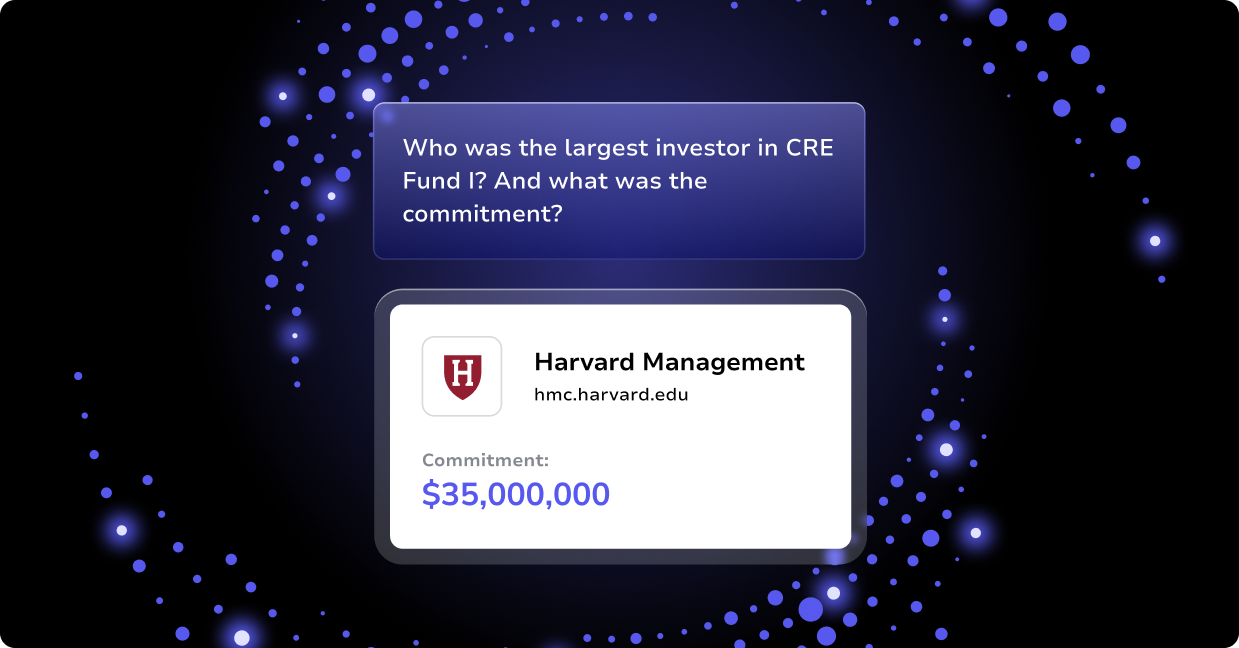Compared to measuring public market investments, private equity benchmarks for fund performance are an entirely different animal.
As a relatively new asset class with irregular cash flows, private equity funds require a different way of thinking than other asset classes.
Over the past decade, Limited Partners (LPs) have been using public market-equivalent (PME) benchmarks to measure fund performance. While PMEs are more complex to calculate, they do offer methodological benefits.
Still, many firms prefer to leverage their own measurement techniques, often based on comparing Internal Rate of Returns (IRRs) to stock indexes.
In any event, a good benchmark should be applicable, understandable, and reflective of the underlying portfolio. A critical part of managing risk, benchmarks help firms evaluate past investments, understand the overall picture, and ultimately, make informed decisions. In order to stay relevant—and stay ahead of your competitors—General Partners (GPs) must have the ability to report on fund performance with metrics that LPs can easily compare to industry benchmarks in order to choose the fund manager that’s best for them.
Crucial Components of Private Equity Benchmarks
Assessing private equity performance can be a complex task. While benchmarks should reflect the fundamental characteristics a firm believes will make a good investment, the types of benchmarks often vary from LP to LP. As a result, LPs can use their benchmark choices to differentiate their firm from competitors.
Of course, before deciding whether or not to invest, firms need to fully understand what they’re measuring against their chosen benchmarks. They need to know:
- Is the investment liquid or illiquid, private or other asset?
- What’s the performance over time?
- What’s the opportunity cost of investments?
Generally driven by mandates like non-U.S. funds under $1B versus broad global PE portfolio, private equity benchmarks can be broken down into four main types based on their function:
- Compare a fund or portfolio to the industry
- Compare a fund or portfolio to the public markets
- Compare the industry to the public markets
- Compare a fund or portfolio to the public markets and compare that to how well the private equity industry did relative to the public markets
Finally, when you establish a robust benchmark to evaluate the performance of an actively managed portfolio, consider to what extent multiple measurements will allow for a more holistic view. Are you capturing quantitative and qualitative measures over both short- and long-term periods? This is the kind of data that will help your firm have the big-picture view necessary to make informed investment decisions.
Technology Streamlines the Benchmark Process
Today’s data analytics solutions can help your firm eliminate unnecessary risk by ensuring your team is always working from a single source of truth. Not only can you increase the transparency and accuracy of the data you collect, your firm can also gain critical backend efficiencies when you choose a solution designed specifically for private equity.
Altvia Answers, for example, helps firms connect data from disparate sources and easily gather meaningful information they can use to create more powerful private equity benchmarks. With a central repository for all of your firm’s data—and analytics you can obtain without IT assistance—your firm can also quickly access the information investors request and need in order to make good decisions.
Adopting tools designed for private equity can help your firm provide a fully transparent experience that builds trust with stakeholders and investors, and that empowers you to stand out from the competition.
Global Private Equity Benchmark Considerations
Today, many private equity firms use U.S. benchmarks like the S&P 500., However, some firms are beginning to recommend switching to a more global or blended benchmark system. If this trend takes hold, expect a slow progression, as changing a benchmark is a complex process requiring the approval of a firm’s board.
For now, investors should take care to understand what’s being measured, how it’s being measured, and what is being used to benchmark returns.




